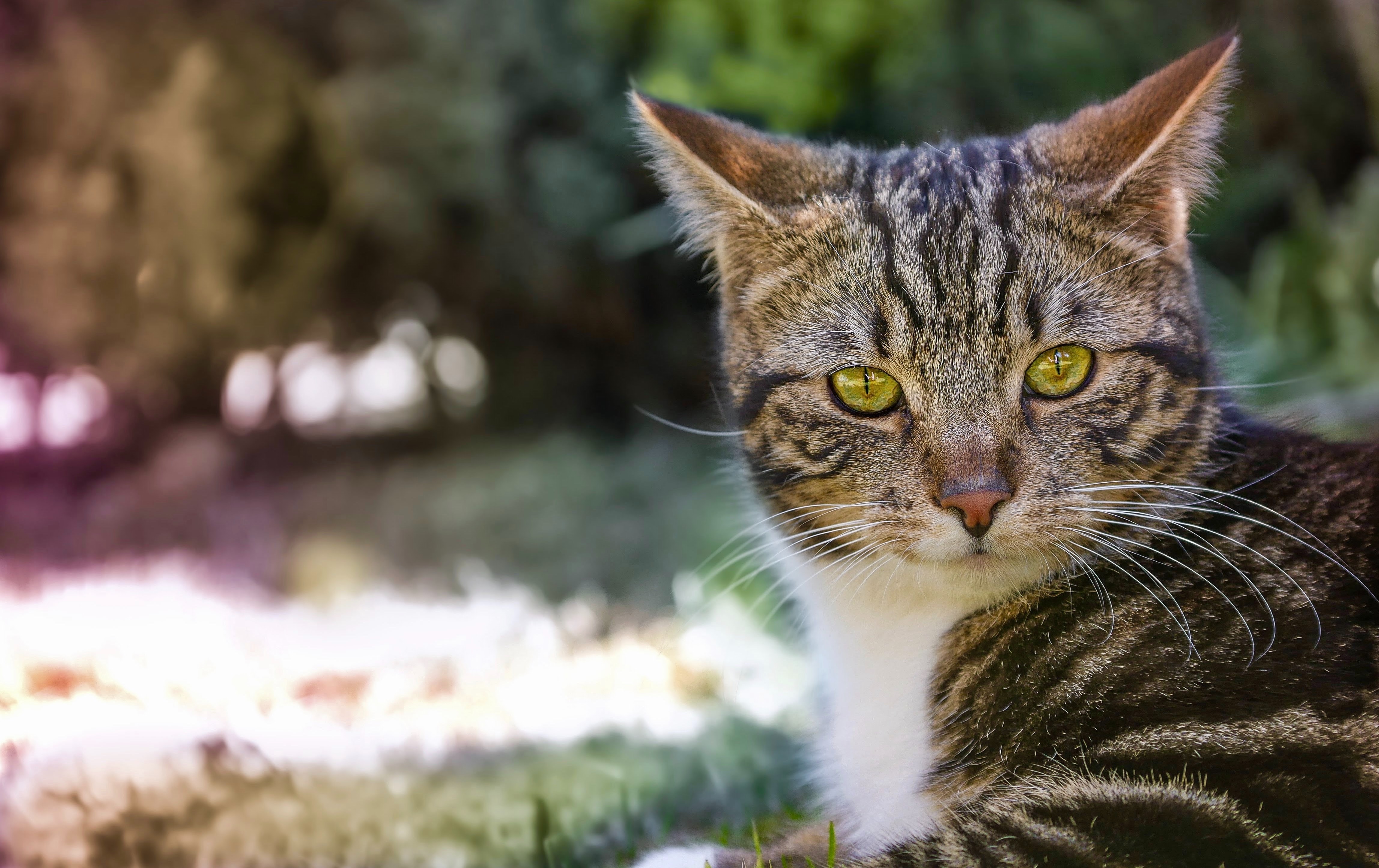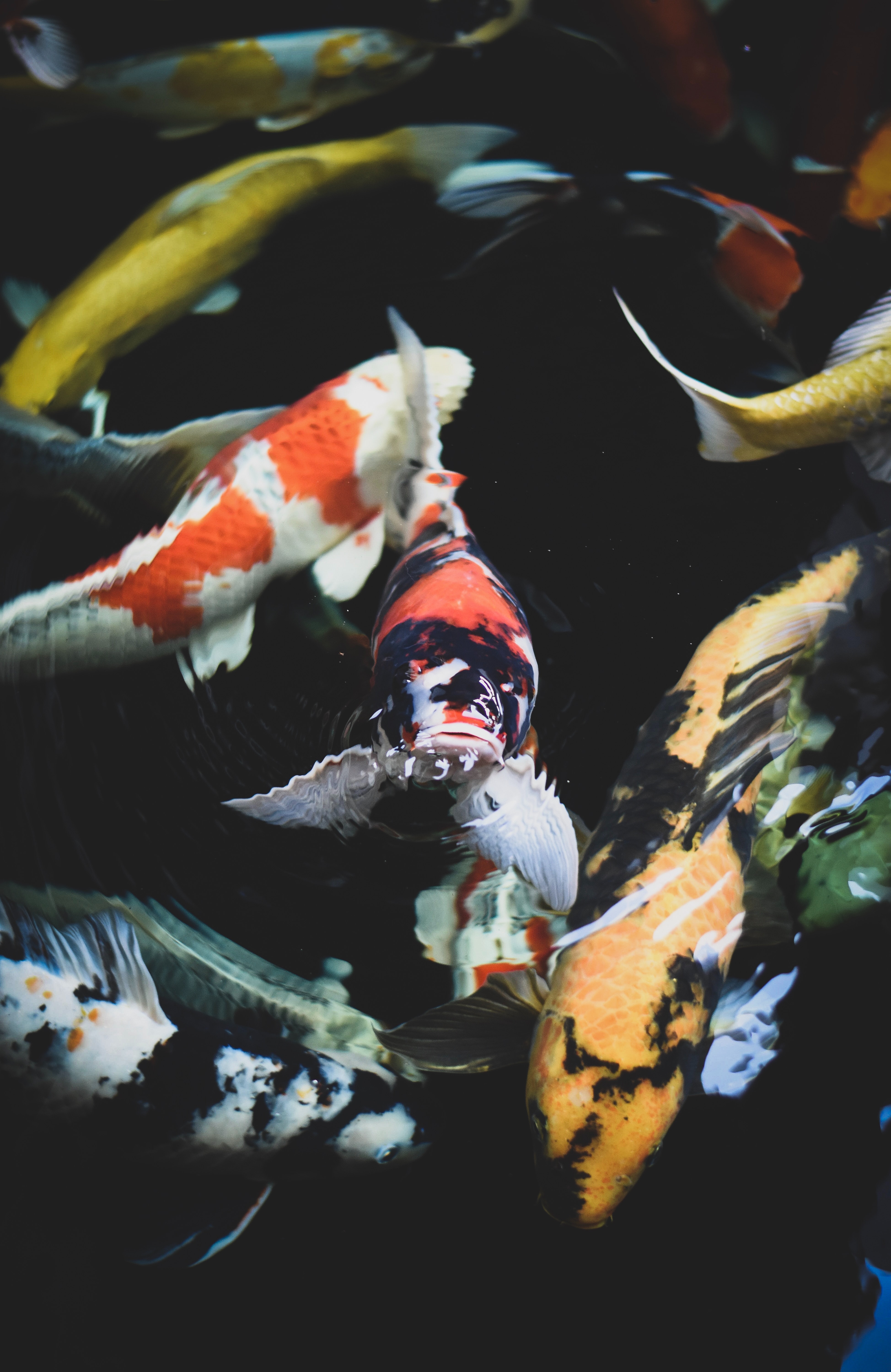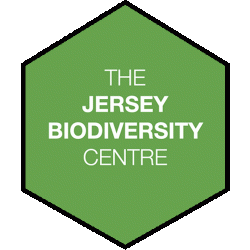Jersey's unwelcome visitors
Jersey's unwelcome visitors
Jersey is home to a wide variety of native wildlife that each play and important role in maintaining the biodiversity of jersey. However, there are some non-native species who can cause damage to environments and outcompete some native wildlife for recourses which causes a huge disruption in the ecosystem. Unfortunately, Jersey contains some of these organisms that damage the environment, these organisms have been named an invasive species.
A fitting example of an invasive species in Jersey is the terrapin. These turtles are extremely harmful to jerseys ponds and reservoirs as they can carry diseases to species like the agile frog who has seen a significant decline in population over the lasty few years. Although there have been attempts to head start the species, a disease from these terrapins could lead to the demise of the agile frog here in Jersey. Furthermore, these terrapins also compete with native fish as they eat any aquatic plant, and they can also feed on the native aquatic animals like the Palmate newts which unfortunately could also lead to the decline of this species. It is important to be aware that terrapins like the red eared slider are invasive around the world and not just in our island. They have even been included in the top 100 invasive species of the world according to the IUCN (international union for the conservation of nature)! This is due to a combination of it being one of the world's most common pet turtles and when this terrapin is young it is about 1 inch in diameter however it can quickly grow to about the size of a dinnerplate within 5-8 years. Due to this unexpected growth many owners are unable to look after them and so release them into the wild. However, if the weather is warm enough the terrapins can successfully breed and quickly outcompete native wildlife due to the lack of predators.
Goldfish are another common pet that are invasive in Jersey as they can rapidly breed and often outcompete most if not all the species in the area. Goldfish are terrible invasive species as they do not have any natural predators to keep their populations stable or in check, they also feed on everything. Some more qualities that make goldfish so invasive is their long lifespan as they can live anywhere from 5-30 years. They also like to uproot native plants and muck up the bottom of lakes and ponds making the water quality poorer. When a goldfish is released in the wild it is then able to grow to huge sizes some have even been recorded to reach 18 inches from head to tail, this size further increases a goldfish's apatite which leads to further destruction of lakes. Lastly, they are very hardy fish and can withstand a variety of water conditions which furthers their ability to outcompete anything in an area and cause disruption in an ecosystem. It is important to realise that goldfish are not native to anywhere in the world as they are domesticated fish so they should only be kept as pets and not in the wild. Both the species I have mentioned are common pets and their impact on the environment could quite easily been prevented had their owners been a bit more responsible, and not released their unwanted pets into the wild. You should never release your pets in the wild under any circumstance even if it is native to the area you live in as it could be carrying a disease that is not found in the wild populations. Invasive pets contribute to a substantial portion of invasive species around the world and so it is advised you take good and proper care of your pets and rehome any unwanted pets instead of releasing them as you are going to cause more harm than good.
Not all invasive species are unwanted pets however, some like the Colorado potato beetle, although not currently invasive in Jersey, has destroyed potato crops all over France and other countries. This beetle was introduced accidentally to countries through the import and export of crops. This beetle can decrease the harvesting number of potatoes by up to 50% and in some instances has destroyed entire yields as this insect defoliates the crop. If this insect is to reach Jersey, it could have an enormous impact on our island as Jersey is a large producer of jersey potatoes. This could devastate agricultural businesses in Jersey and impact the jersey economy however Jersey is trying to decrease the risk of this intruder reaching into the island by educating farmers in what the beetle looks like and teaching them preventative measures of how to reduce the risks of it spreading. Jersey also inspects its potato crops for the beetle when winds coming from France are too high or if the weather exceeds a certain temperature, they also have other procedures in place to reduce the chances of the beetle spreading here. So invasive species not only directly impact the environment, but they can also greatly impact the economy, which is why it is important to decrease their negative effects by trying to prevent invasive species from spreading and producing strategies to eradicate them. Invasive species have had a huge economic impact on the world and have caused a minimum of 1.288 trillion dollars in damage to the world since the 1970s according to the InvaCost database although it is likely that number is much higher.
Plants can also be an invasive species around the world and are often more invasive than animas Plants like the Sour Fig have destroyed Jersey’s coast by outcompeting the native flora for sunlight. Invasive plants are detrimental to the environment as they often worsen the soil quality, and some are not controlled due to their being no natural threats to them like grazing animals or plant diseases in their unfamiliar environment. Invasive plants often grow rapidly and sequester the nutrients from soils as well which furthers their chances of outcompeting other plants. The spread of these plants also decreases the diversity of plant life which decreases the number of animals in the area as there is a smaller variety of plants to feed on. Jersey has unfortunately got a few invasive plants like the Sour Fig, this plant native to south Africa was introduced due to it being a pretty garden plant, however it quickly spread to Jersey’s coast and is now a common sight there. This plant has a negative impact on the coast as it reduces the number of invertebrates in the area which in turn reduce the number of animals that feed on those invertebrates leading to the reduction of biodiversity around jerseys coasts. Another invasive plant on our island is the Japanese knot weed. This plant was brought into the island as an ornamental plant however due to its fast growth and no natural predators it quickly became uncontrollable furthermore, this plant also has a large energy store in its root system which makes it even harder to eradicate. Plants are often introduced through agriculture or gardening. The introduction and spread of plants can be decreased by gardening with native plants this will not only stop introductions of invasive species, but it will also attract more native animals than exotic plant species. It can also be reduced by cleaning your footwear before and after a long walk or hike as this will guarantee you have not brought any seeds or roots of plants with you.
A slightly more controversial invasive animal found all over the world are Cats, they have caused a big problem in Jersey by killing and injuring bats, birds, mammals, and reptiles all around the island. This is a big problem as the animal populations in Jersey are relatively small due to it being an island and cats have likely contributed to the decline of many native species. Although many people dislike the idea of their pet being considered an invasive species, cats have played a part in around 14% of the recorded extinction of birds, mammals, and reptiles according to the IUCN. Cats are also responsible for an estimated 8.3-24.4 billion birds and mammals every year in the US alone according to the US fish and wildlife services. Although most of these deaths are caused by feral cats it is hard to argue that domesticated cats do not pose a huge threat to biodiversity. Due to the fact feral cats are invasive and can eat around 300 grams of food everyday there have been plans to eradicate them in places like Australia and Hawaii however, this has been met with huge backlash from cat owner who believe the cats have the right to live. Some even argue that although the cats can eat native animals they also feed on other invasive animals like rats and that they do more good than harm. Although there are some good arguments to be made it is hard to deny they are not native and therefore should not be there it is also hard to justify all the extinctions they have played a role in. Obviously, some easy ways to reduce the impact your cat has on the environment is by not letting it out at night as this is the best time for cats to hunt. It is also important you keep your cat well fed as this will also help reduce the number of animals your cat kills. However, if possible, you should ideally keep your cat indoors for most of the time as this is the best way to ensure your cat is not hunting animals.
Invasive species are terrible to the environment and economy and can negatively affect your daily life without you realising. Unfortunately, invasive species are spreading faster than they are being eradicated with around 400-500 invasive species appearing around the world every year. So, their effects will only continue to worsen and the longer they are left untouched the harder it is to remove them. If you are thinking of trying to help decrease or prevent the spread of invasive species yourself then you should consider volunteering to get rid of invasive species and changing simple things you do in your day-to-day life like cleaning your footwear and being more careful with what you plant in your garden. You could also think twice before getting a pet or consider ways in which you can stop your pets from causing damage. As invasive species are thought to be the biggest cause of global extinction of fauna it is important, we try our best to prevent them from causing any more damage.
Written by Rafael Fernandes. Raf is a first year student completing the City and Guilds Animal Management Course at Highlands College. Raf is particularly interested in fungi and plants. During his placement Raf will be recording sightings of wildlife he's surveyed and writing articles on the species he encounters.
If you would like to volunteer for the JBC please get in touch here


